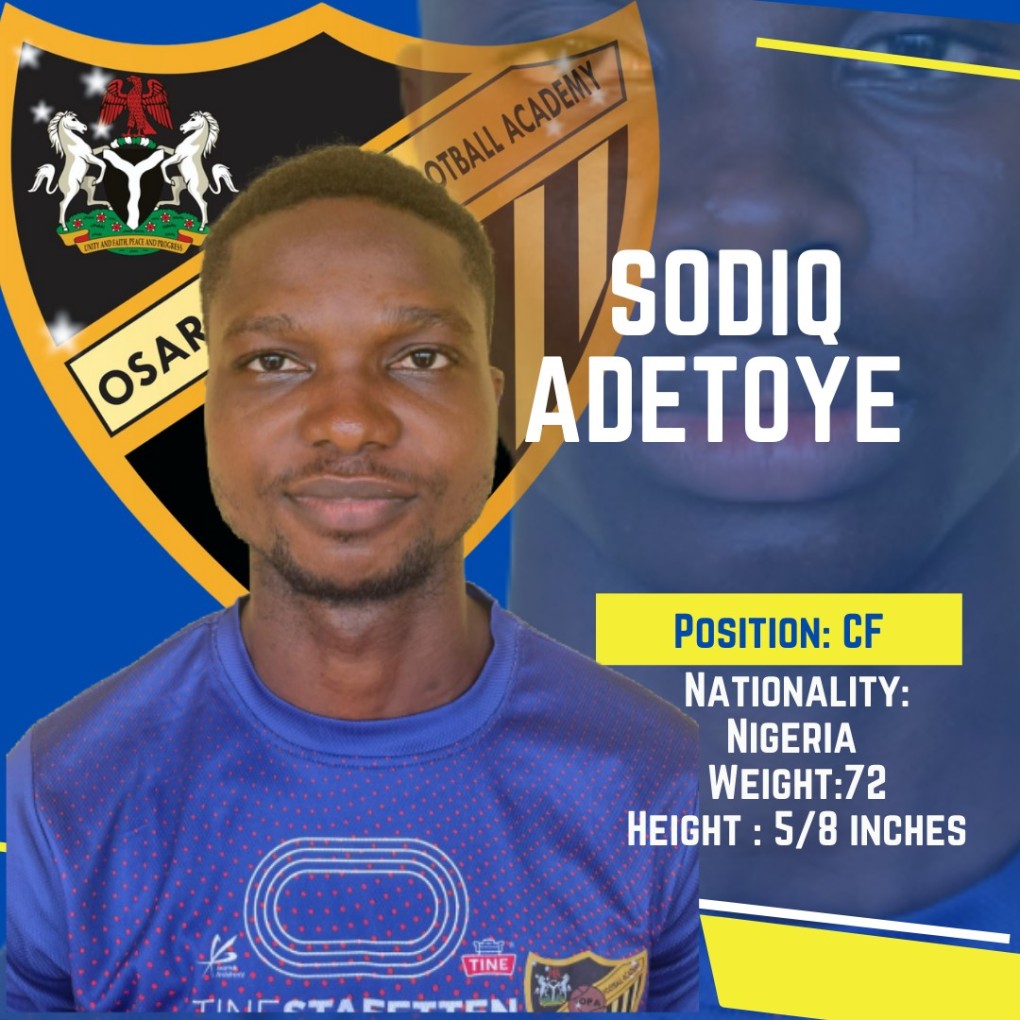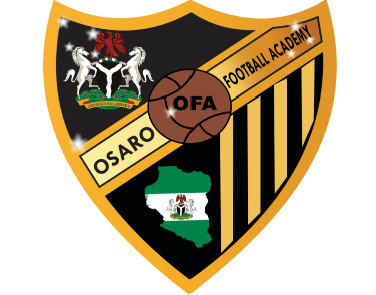
SODIQ ADETOYE
8A right winger (RW) is an attacking position in football, often playing a crucial role in providing width, pace, and creativity from the right side of the pitch. They serve as both goal creators and scorers, making this position integral to a team’s attacking strategy. Here’s a comprehensive overview of the right winger role:
1. Position Overview
Role: The right winger’s primary responsibility is to create scoring opportunities, deliver crosses, cut inside to shoot, and provide width in the attacking third.
Zone: Operates along the right flank, from the defensive third to the attacking third, often hugging the touchline or cutting inside to exploit central spaces.
Typical Formations:
4-3-3 (as one of the front three attackers)
4-2-3-1 (as the wide player in the “3”)
4-4-2 (as a wide midfielder with attacking emphasis)
2. Key Responsibilities
Attacking Play:
Dribbling: Right wingers are often required to beat defenders one-on-one, using speed and skill to create attacking opportunities.
Crossing: Delivering accurate crosses into the penalty area for strikers and other attacking players to convert.
Cutting Inside: Modern right wingers often cut inside onto their stronger foot to shoot or make through passes.
Supporting Attacks: Providing passing options for midfielders and linking up with right backs to overload the right side.
Defensive Contributions:
Pressing: Pressing opposition full-backs and central defenders, trying to regain possession high up the pitch.
Tracking Back: Assisting the right back in defensive duties by tracking back to prevent opposition overlaps or counter-attacks.
3. Essential Skills and Attributes
Technical Skills:
Dribbling: High-level dribbling skills to take on defenders, create space, and progress the ball forward.
Crossing: Consistent and accurate delivery from wide areas, both on the ground and in the air.
Finishing: The ability to cut inside and shoot accurately, especially from the edge of the box.
Ball Control: Quick and precise control, especially when receiving passes under pressure.
Tactical Awareness:
Positioning: Understanding when to stay wide to stretch the defense and when to cut inside to exploit space.
Off-the-Ball Movement: Intelligent runs to receive passes in space, often behind the opposing full-back.
Link-up Play: Combining effectively with midfielders, forwards, and overlapping right backs to build attacking moves.
Physical Attributes:
Pace: Speed is critical for a right winger, allowing them to beat defenders and exploit space on the flank.
Agility: Quick changes of direction to evade challenges, create space, and cut inside effectively.
Stamina: High work rate and endurance to maintain intensity both in attack and defense throughout the match.
Mental Attributes:
Creativity: The ability to invent unexpected plays, make decisive passes, or create goal-scoring opportunities.
Confidence: Wingers often engage in one-on-one duels, requiring boldness and confidence to take risks.
Composure: Remaining calm in attacking situations, especially when finishing chances or making key passes.
4. Famous Right Wingers
Lionel Messi: Renowned for his dribbling, playmaking, and finishing while cutting inside from the right flank.
Arjen Robben: Known for his signature move of cutting inside and scoring with his left foot.
Mohamed Salah: A modern right winger with a strong goal-scoring instinct, often cutting inside to finish.
Garrincha: A legendary dribbler famous for his wing play, crossing, and flair.
5. Strengths and Weaknesses
Strengths:
Adds width and unpredictability to the attack, often stretching the defense.
Capable of scoring from various positions, especially when cutting inside.
Provides an aerial threat with crosses, assisting center forwards and attacking midfielders.
Weaknesses:
Can be isolated if the midfield or right back does not provide adequate support.
Defensive contribution can be inconsistent, leaving the right back exposed to counter-attacks.
Over-reliance on one side of the pitch can make the attack predictable if not versatile.
6. How to Develop as a Right Winger
Technical Training: Focus on improving dribbling, crossing, and shooting from wide angles.
Tactical Training: Work on movement off the ball, timing runs, and understanding defensive positioning.
Physical Training: Enhance speed, agility, and stamina to sustain high performance throughout the match.
Match Analysis: Study successful right wingers to understand how they create space, deliver crosses, and cut inside effectively.
7. Modern Evolution of the Role
Modern right wingers often play as “inverted wingers,” meaning they cut inside to shoot or create with their stronger foot (e.g., left-footed wingers on the right side).
They are not limited to traditional wing play but are more involved in goal-scoring, playmaking, and even defensive pressing, making them dynamic attackers.
In some formations, the right winger can also function as a wing-back (in a 3-4-3 or 5-2-3), adding defensive duties to their role while still providing attacking width.
The right winger is a versatile position that requires a blend of speed, creativity, and technical prowess to break down defenses and contribute significantly to the team’s attacking output.
OSARO PEACE CUP
| Season | Club | Goals | Assists | Yellow Cards | Red Cards | Appearances | Win Ratio | Draw Ratio | Loss Ratio | Own Goals |
|---|---|---|---|---|---|---|---|---|---|---|
| Total | - | 0.00 | 0.00 | 100.00 |
Career Total
| Season | Goals | Assists | Yellow Cards | Red Cards | Appearances | Win Ratio | Draw Ratio | Loss Ratio | Own Goals |
|---|---|---|---|---|---|---|---|---|---|
| Total | 0.00 | 0.00 | 100.00 |
Results
 
1 - 0OSARO PEACE CUP
2024
GOMAJAYI OSARO FC vs MMFC |
 
4 - 5OSARO PEACE CUP
2024
GOMAJAYI Osaro FC vs SSFBC |



 Nigeria
Nigeria